Lemongrass Plant
- October 23, 2023
- 0 comment
The Lemongrass plant, known by its scientific name Cymbopogon citratus, is a versatile and aromatic herb that is cherished for its culinary, medicinal, and ornamental properties. Native to tropical regions, particularly in Southeast Asia and Africa, this perennial grass species is characterized by its long, slender green leaves and a distinct lemony fragrance.
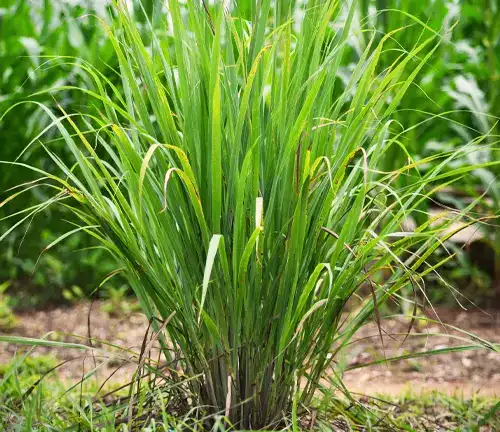
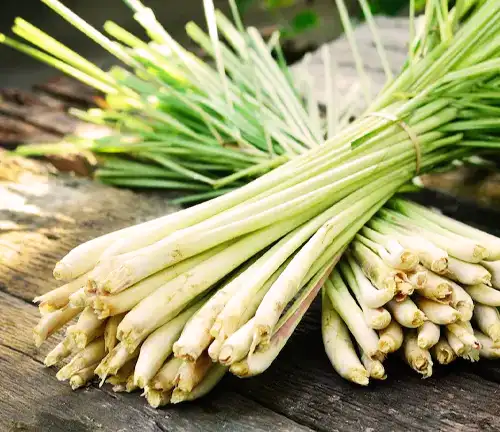
In the culinary realm, Lemongrass is a popular ingredient in various dishes, particularly in Asian cuisine, imparting a zesty and citrusy flavor. Moreover, it’s renowned for its potential health benefits, with its leaves and stems used to brew fragrant herbal teas and infusions, known for their digestive and calming properties.
Beyond its culinary and medicinal uses, Lemongrass is also cultivated as an ornamental plant, adding a touch of greenery and fragrance to gardens and landscapes. With its versatile applications and refreshing aroma, the Lemongrass plant has become a staple in many households around the world, contributing to both the culinary and wellness aspects of our lives.
| Characteristics | Description |
| Scientific Name | Cymbopogon citratus |
| Common Names | Lemongrass, Citronella grass |
| Plant Type | Perennial grass |
| Height | Typically grows to 2 to 3 feet (0.6 to 0.9 meters) |
| Foliage | Long, narrow green leaves with sharp edges |
| Fragrance | Strong lemon-like scent |
| Native Range | Southeast Asia, Africa, and tropical regions |
| Culinary Use | Flavoring agent in various dishes, especially in Asian cuisine |
| Medicinal Us | Herbal remedy for digestive and calming properties |
| Ornamental Use | Used as an ornamental plant in gardens and landscapes |
| Propagation | Primarily through division of mature clumps or stem cuttings |
| Sunlight | Prefers full sun but can tolerate partial shade |
| Soil Type | Well-draining soil with good organic content |
| Watering | Regular, consistent moisture but avoid waterlogging |
| Hardiness Zones | Typically grown in USDA zones 10-11, or as an annual in cooler climates |
| Harvesting | Leaves and stems are harvested for culinary and medicinal purposes |
| Pest Repellent | Lemongrass contains citronella, a natural insect repellent |
Botanical Beauty of Lemongrass Plant
The Lemongrass plant, scientifically known as Cymbopogon citratus, is a botanical beauty that has found its way into countless gardens and kitchens around the world. This graceful, aromatic herb, with its slender green leaves and a lemony fragrance, offers a delightful combination of both ornamental and utilitarian qualities.
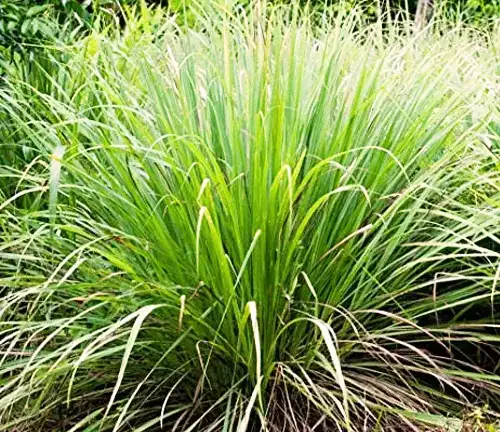
Woodland Elegance
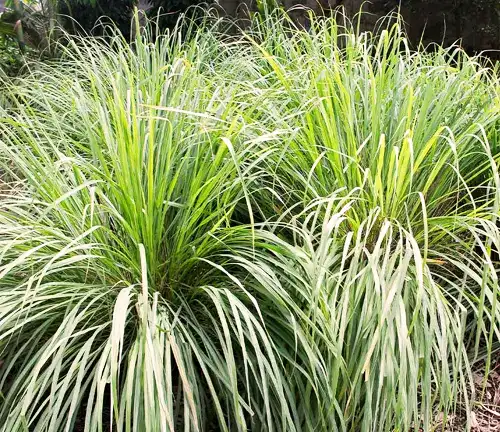
Lemongrass plants exhibit woodland elegance with their long, slender leaves that gracefully sway in the breeze. They can reach heights of 2 to 3 feet, creating a gentle, feathery presence in gardens and landscapes. Their slender profile makes them a favorite for border plantings and container gardens, adding a touch of sophistication to any outdoor space.
Ecological Importance
Beyond their aesthetic appeal, Lemongrass plants also play a vital role in the ecosystem. Their dense growth provides habitat and shelter for various small insects and arthropods, supporting biodiversity in the garden. Additionally, Lemongrass contributes to the overall health of the soil by preventing erosion and helping to maintain soil structure.
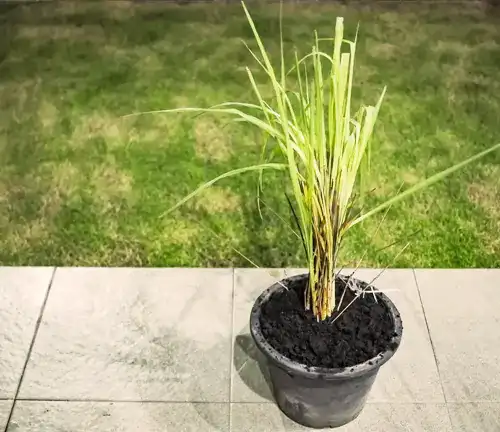
Cultivation and Conservation
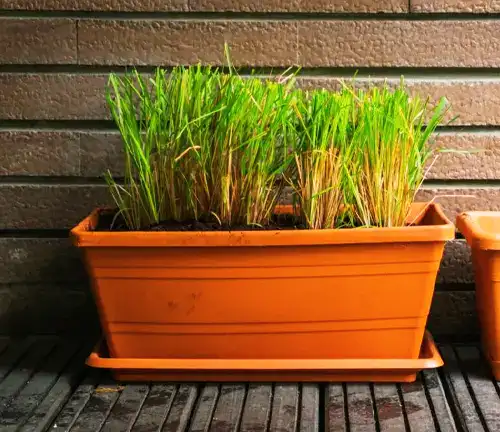
Cultivating Lemongrass is relatively straightforward. It thrives in warm, tropical climates and is often grown from stem cuttings or by dividing mature clumps. While it is not endangered, conservation efforts are essential to protect its native habitats and ensure its sustainability, especially as demand for its culinary and medicinal uses continues to grow.
Fragrance
The defining feature of Lemongrass is its enchanting fragrance. The leaves release a strong, lemon-like scent when crushed, making it an ideal choice for natural air fresheners and aromatic garden additions. This delightful fragrance also has a practical application as a natural insect repellent, particularly due to its citronella content.
Soil Stabilization
Lemongrass goes beyond its captivating aroma and ornamental value. Its root system acts as a soil stabilizer, helping to prevent erosion in vulnerable areas. This is particularly important in regions where heavy rainfall can lead to soil runoff and degradation.
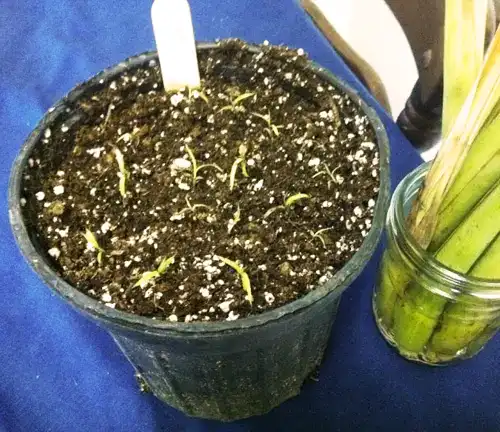
Common Uses
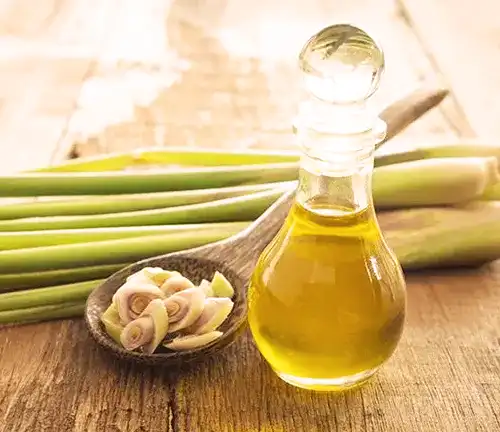
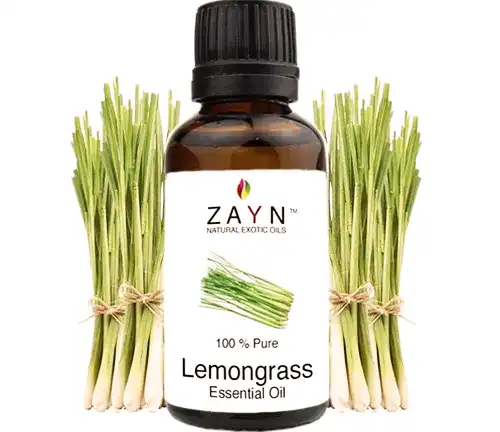
Lemongrass is a versatile herb used in a variety of ways. Its fresh or dried leaves and stems are popular in the culinary world, especially in Asian cuisine, where they add a zesty, citrusy flavor to soups, curries, and teas. Its essential oils are also used in perfumes, soaps, and cosmetics.
Benefits
Besides its culinary applications, Lemongrass is celebrated for its potential health benefits. It has been used in traditional medicine for its digestive and calming properties, often brewed into soothing herbal teas and infusions. With its antifungal and antibacterial properties, Lemongrass has found a place in natural remedies.
Different Species
Cymbopogon flexuosus
Also known as East Indian Lemongrass, this species is often used for its essential oil, which has a strong lemon scent and is used in perfumes, soaps, and candles. It is also used in cooking and herbal teas.

Cymbopogon nardus
This species is known as Citronella grass and is primarily cultivated for its essential oil, which is a well-known natural insect repellent. It is often used in candles, lotions, and sprays to deter mosquitoes and other insects.
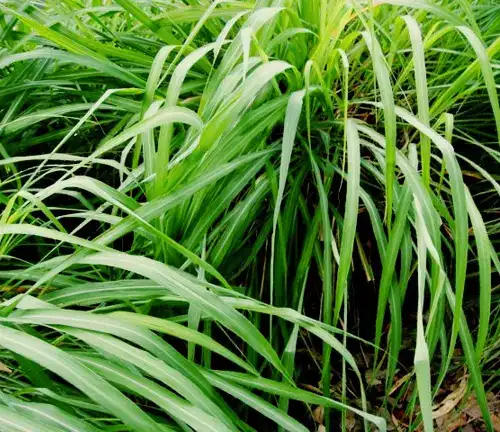
Cymbopogon winterianus
Another variety of Citronella grass, this species is also used for its insect-repelling properties. It has a slightly different chemical composition in its essential oil and is used in similar products to Cymbopogon nardus.
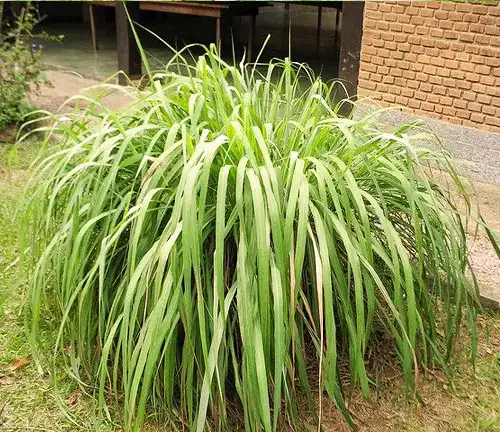
Cymbopogon citratus X Cymbopogon flexuosus (Cymbopogon x citratus)
This is a hybrid variety of Lemongrass and is sometimes referred to as ‘Sweet Lemon Grass.’ It has a milder, sweeter flavor than the standard Cymbopogon citratus and is used in culinary applications.

Cymbopogon schoenanthus
This species is known as West Indian Lemongrass and is often used in traditional medicine and herbal remedies. It has a slightly different flavor profile compared to Cymbopogon citratus and is used in teas and traditional herbal preparations.
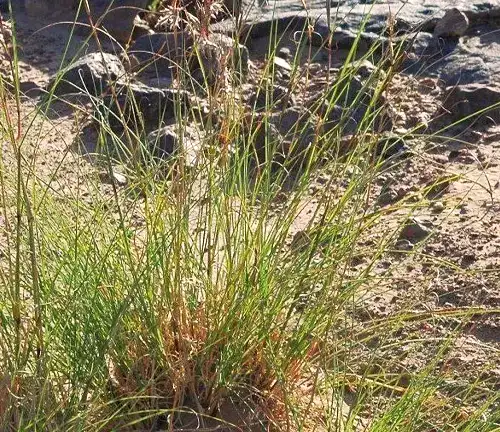
Cymbopogon jwarancusa
Also known as Barbed Wire Grass or Roseau De La Pampa, this Lemongrass species is used in traditional medicine and aromatherapy. It has a citrusy aroma and is used for its calming properties.

Frequently Asked Questions (FAQs)
- What is Lemongrass?
Lemongrass is a herbaceous plant known for its fragrant leaves and a distinct lemony flavor. It is commonly used in culinary, medicinal, and ornamental applications. - How do I grow Lemongrass?
Lemongrass can be grown from stem cuttings or by dividing mature clumps. It thrives in warm, tropical climates, well-draining soil, and full sun. - What are the culinary uses of Lemongrass?
Lemongrass is used to flavor various dishes, particularly in Asian cuisine. It imparts a zesty and citrusy flavor to soups, curries, and teas. - What are the medicinal uses of Lemongrass?
Lemongrass has been used in traditional medicine for its digestive and calming properties. It is often brewed into herbal teas and infusions. - Is Lemongrass easy to care for in a garden?
Lemongrass is relatively low-maintenance, requiring regular moisture, well-draining soil, and occasional pruning to remove dead or damaged leaves. - Can I grow Lemongrass in a pot or container?
Yes, Lemongrass can be grown in containers, making it suitable for smaller gardens or indoor gardening. Be sure to choose a sufficiently large container and provide proper drainage. - What are the benefits of Lemongrass essential oil?
Lemongrass essential oil is known for its antifungal, antibacterial, and insect-repelling properties. It is used in perfumes, soaps, and candles. - Is Lemongrass a natural insect repellent?
Yes, Lemongrass contains citronella, a natural insect repellent. It can be used in gardens or as a natural ingredient in insect repellent products. - How do I harvest Lemongrass for culinary or medicinal use?
Harvest the leaves and stems when they are young and tender. Cut close to the base of the plant, and use them fresh or dry them for later use. - Is Lemongrass endangered or in need of conservation?
While Lemongrass is not typically considered endangered, it is essential to protect its native habitats and promote sustainable cultivation practices to meet increasing demand. - Can Lemongrass be used as a soil stabilizer?
Yes, Lemongrass root systems can help prevent soil erosion, making it a valuable plant in areas prone to soil runoff. - Are there any side effects or precautions associated with Lemongrass consumption?
While Lemongrass is generally safe, it can cause allergic reactions in some individuals. It’s advisable to consult with a healthcare professional if you have concerns or underlying health conditions.



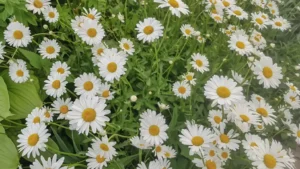
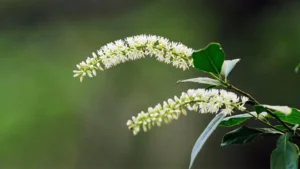
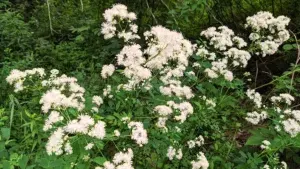
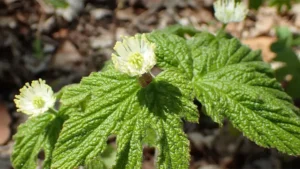
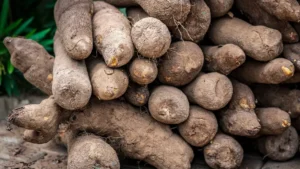
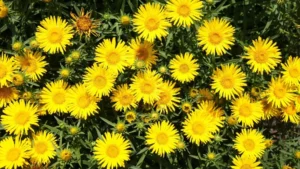

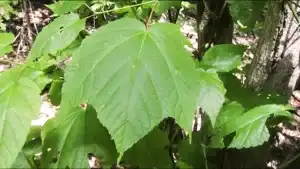
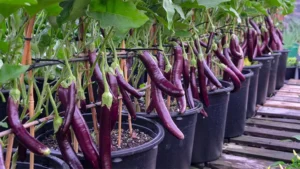


Leave your comment